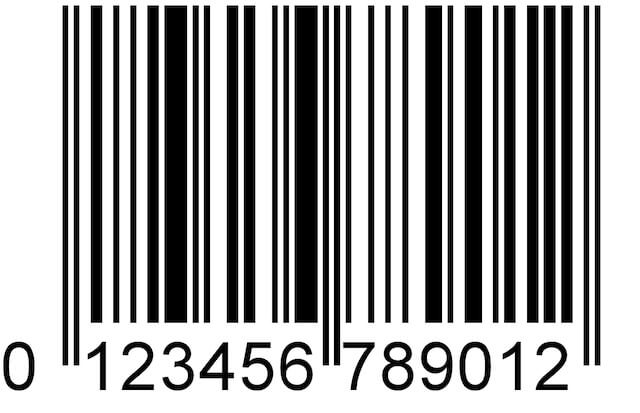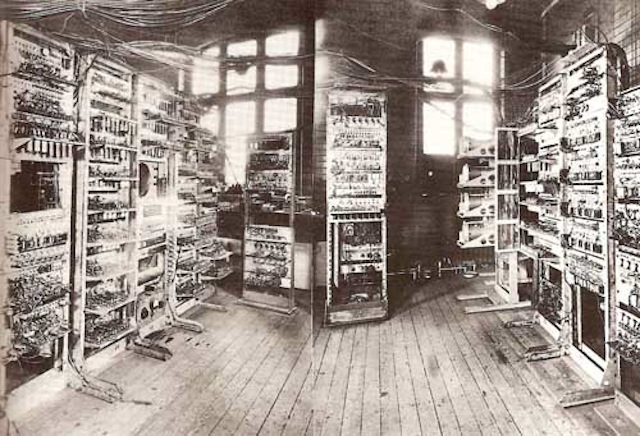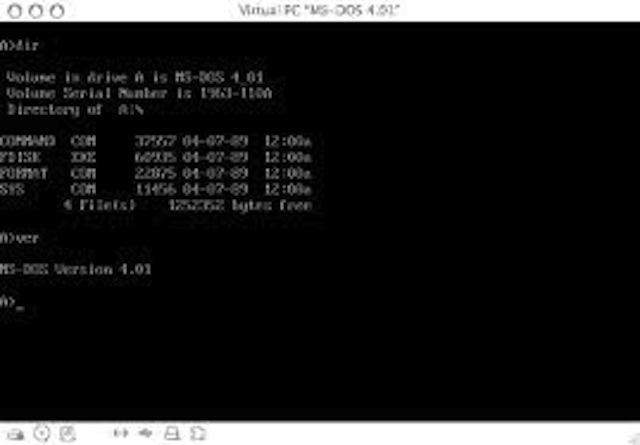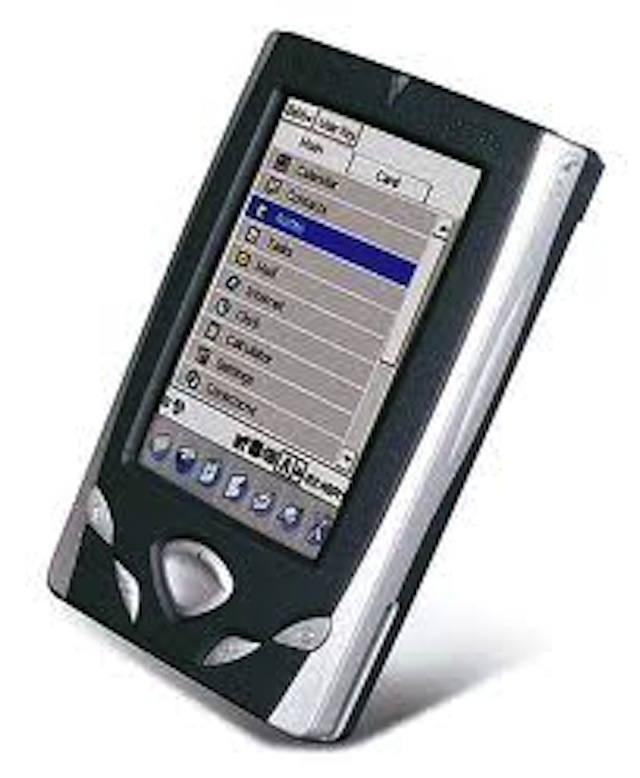Geek Fact for June 26th
In 1974, the first UPC bar code reader was used. At a Marsh supermarket in Troy, Ohio, a laser beam in an NCR checkout terminal with a bar code reader read the UPC bar code symbol on a pack of Wrigley’s chewing gum and automatically […]













